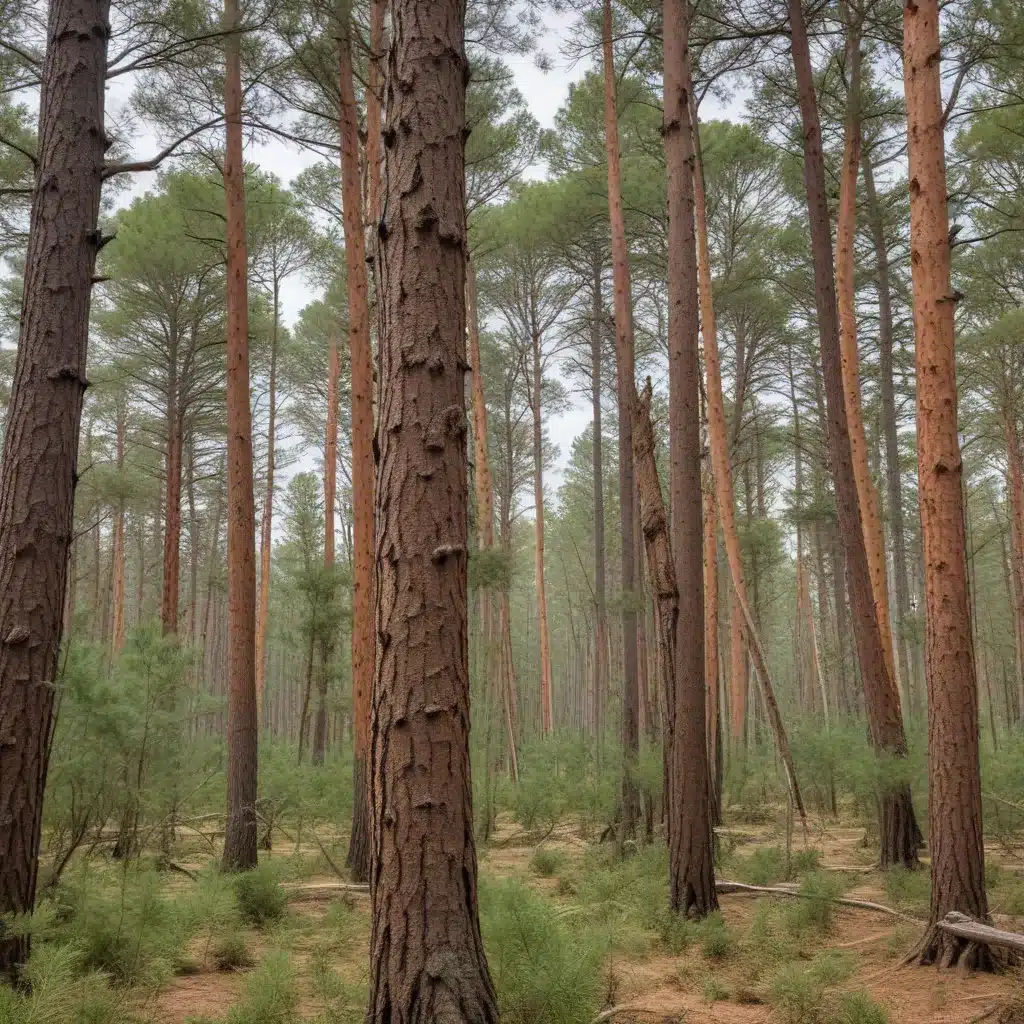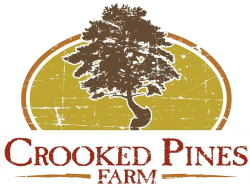
Crooked Pines Farm is a vibrant and ever-evolving ecosystem, teeming with a remarkable diversity of plant and animal life. As a farm educator, I’m excited to take you on a journey through the rich natural wonders that call our humble plot of land home. From the towering coniferous trees that dot our forested habitats to the delicate flowering plants that grace our meadows, the flora of Crooked Pines is a testament to the resilience and beauty of nature.
Ecosystems of Crooked Pines
Forested Habitats
At the heart of our farm lie the forested areas, where mature longleaf pines stand tall, their needles rustling in the gentle breeze. These stately trees provide vital habitat for a wide array of wildlife, including the elusive gopher tortoise and the striking southern red lily. Beneath the canopy, you’ll find a diverse understory of ferns and mosses, creating a lush and verdant environment that invites exploration.
Wetland Environments
Winding through our property, you’ll encounter the serene cypress ponds and titi swamps that add to the ecological tapestry of Crooked Pines. These wetland environments are home to a variety of aquatic plants, such as the captivating white-top pitcher plant, and serve as crucial breeding grounds for amphibians and insect pollinators.
Meadows and Grasslands
In contrast to the shaded forest areas, our sun-drenched meadows and grasslands burst with a vibrant array of flowering plants. These open spaces provide nectar and habitat for an abundance of butterflies, moths, and other beneficial insects, contributing to the overall biodiversity of our farm.
Unique Flora of Crooked Pines
Coniferous Trees
The towering longleaf pines that dot our property are not only majestic in appearance but also play a vital role in the ecosystem. These trees are adapted to thrive in the sandy, well-drained soils of our region, and their deep taproots help to stabilize the soil and prevent erosion. Additionally, the longleaf pine’s fire-resistant bark and ability to quickly regenerate after disturbances make it a resilient and essential component of our farm’s natural landscape.
Flowering Plants
The meadows and grasslands of Crooked Pines are a kaleidoscope of color, thanks to the diverse array of flowering plants that call our farm home. From the vibrant wildflowers that dot the landscape to the pollinator-friendly native species, these plants provide vital resources for our buzzing insect populations. One particularly enchanting example is the southern red lily, with its striking red petals and delicate, trumpet-shaped blooms.
Ferns and Mosses
Tucked away in the shaded forest areas, you’ll find a lush and verdant understory of ferns and mosses. These low-growing plants add depth and texture to the forest floor, creating a soothing and serene atmosphere. The diverse array of fern species, ranging from the delicate maidenhair fern to the robust, evergreen Christmas fern, contribute to the overall diversity of our farm’s flora.
Diverse Fauna
Avian Species
Crooked Pines is a true haven for bird enthusiasts, with a rich diversity of avian species calling our property home. From the majestic bald eagles that soar overhead to the vibrant painted buntings that flit among the flowering plants, our farm is a birdwatcher’s paradise. The old-growth coniferous trees provide vital nesting habitat for a variety of songbirds, while the wetland environments attract waterfowl and wading birds.
Mammalian Diversity
Beneath the canopy of our forested areas and amidst the meadows, a variety of mammals thrive at Crooked Pines. White-tailed deer can often be spotted grazing on our diverse array of native plants, while the elusive black bear occasionally wanders through, searching for a meal. Small mammals, such as the adorable eastern gray squirrel and the industrious North American beaver, contribute to the rich tapestry of life on our farm.
Invertebrate Populations
The vibrant pollinator populations at Crooked Pines are a testament to the health and diversity of our ecosystem. Bees, butterflies, and moths flutter from flower to flower, playing a crucial role in the pollination of our crops and native plants. Additionally, the wetland environments provide habitat for a variety of aquatic invertebrates, such as dragonflies and damselflies, which serve as important indicators of water quality and ecosystem health.
Conservation Efforts
At Crooked Pines, we are committed to preserving the natural wonders that make our farm such a special place. Through our habitat preservation initiatives, we strive to maintain the delicate balance of our ecosystems, ensuring that the diverse flora and fauna can continue to thrive for generations to come.
One of our key conservation efforts is the protection of endangered species, such as the gopher tortoise and the white-top pitcher plant. By carefully managing our land and implementing best practices in land management, we aim to provide a safe haven for these vulnerable species, allowing them to flourish and contribute to the overall biodiversity of our farm.
As a farm educator, I’m passionate about sharing the incredible natural heritage of Crooked Pines with our visitors, especially the young explorers in our community. Through hands-on nature trails and educational programs, we encourage children and families to connect with the wonders of the natural world, fostering a deep appreciation for the intricate web of life that exists right in our own backyard.
So, come and discover the diverse flora and fauna of Crooked Pines – from the towering coniferous trees to the delicate flowering plants, and from the majestic birds to the industrious pollinators. Immerse yourself in the beauty and complexity of our farm’s ecosystems, and join us in our mission to preserve and protect these precious natural treasures for generations to come.


